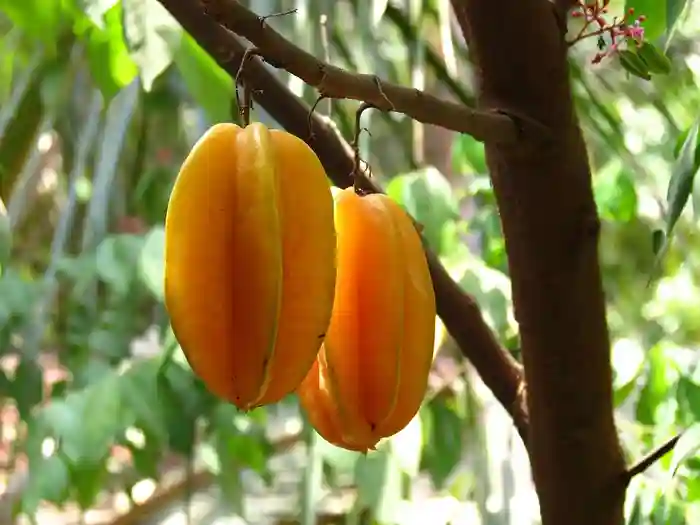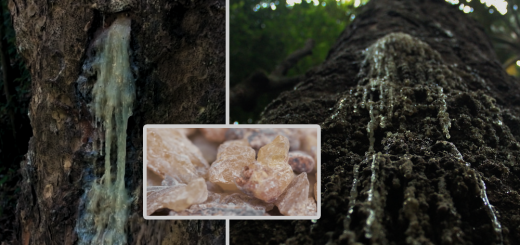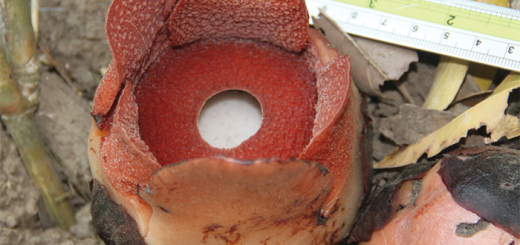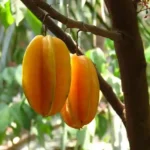Balimbing Fruit – The Star of the Tropics

If you’ve ever sliced open a balimbing fruit and marveled at the star-shaped cross-section, you’re not alone. Known for its unique appearance and refreshing flavor, balimbing (also called starfruit or carambola) is a tropical delight with a lot more to offer than just good looks.
What Is Balimbing Fruit? 🌟
Balimbing is the Filipino name for Averrhoa carambola, a tropical fruit native to Southeast Asia. It’s widely grown in countries like the Philippines, Malaysia, India, and Sri Lanka, and has gained popularity in tropical and subtropical regions around the world.
When sliced, balimbing reveals a beautiful five-pointed star shape—hence the nickname starfruit. It’s typically golden-yellow when ripe and has a thin, waxy skin that’s entirely edible. The fruit has a crisp texture and a flavor that can range from sweet to tart, depending on the variety and ripeness.
Taste and Culinary Uses 🥭
Balimbing’s taste is often described as a mix of apple, grape, and citrus—sweet with a bit of tang. The tart varieties are refreshing in hot weather and pair well with both sweet and savory dishes.
Here are some popular ways to enjoy balimbing:
- Fresh slices: Eat them raw as a snack or add to fruit salads.
- Juices and smoothies: Starfruit makes a zesty, hydrating drink.
- Cooking: Use in chutneys, sauces, or even seafood dishes for a tangy twist.
- Garnishes: The star shape makes it a popular choice for decorating desserts or cocktails.
Health Benefits 🌿
Balimbing isn’t just a pretty fruit—it’s packed with nutritional benefits:
- Low in calories, making it great for weight-conscious diets.
- Rich in vitamin C, which boosts immunity and promotes skin health.
- Contains antioxidants, which help combat inflammation and oxidative stress.
- Good source of fiber, supporting digestive health.
⚠️ Note of caution: Balimbing contains oxalic acid and should be consumed in moderation, especially by individuals with kidney problems. If you have kidney disease, consult your doctor before eating starfruit.
Growing Balimbing Fruit 🌱
Balimbing trees are small to medium-sized and thrive in warm, humid climates. They require plenty of sunlight and well-drained soil. If you live in a tropical or subtropical area, you might be able to grow your own starfruit tree at home. With the right care, it can bear fruit multiple times a year.
Fun Fact: “Balimbing” as a Slang 🌟
In the Philippines, “balimbing” is also a slang term for someone who is two-faced or a turncoat—a reference to the fruit’s many sides. So when someone calls a person “balimbing,” they’re not talking about fruit salad!
Flavor and Flair of the Table
Balimbing may be underrated in some parts of the world, but it deserves a spot on the list of must-try tropical fruits. Whether you enjoy it fresh, juiced, or cooked into savory dishes, balimbing is a versatile and nutritious option that brings both flavor and flair to your table.
So the next time you’re at an Asian market or visiting a tropical country, keep an eye out for this star-shaped treasure—you might just find your new favorite fruit.
Learn more about trees in The Philippines.
References:
https://en.wikipedia.org/wiki/Averrhoa_carambola












